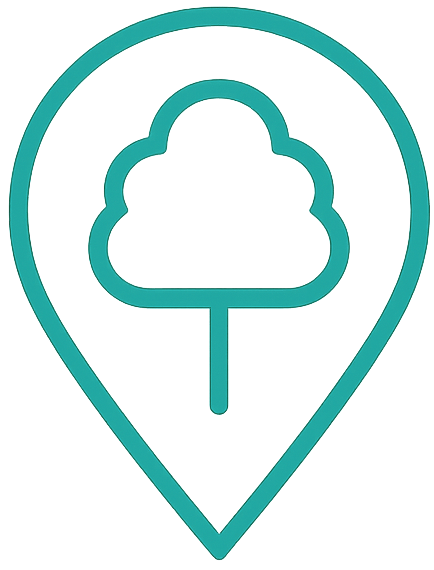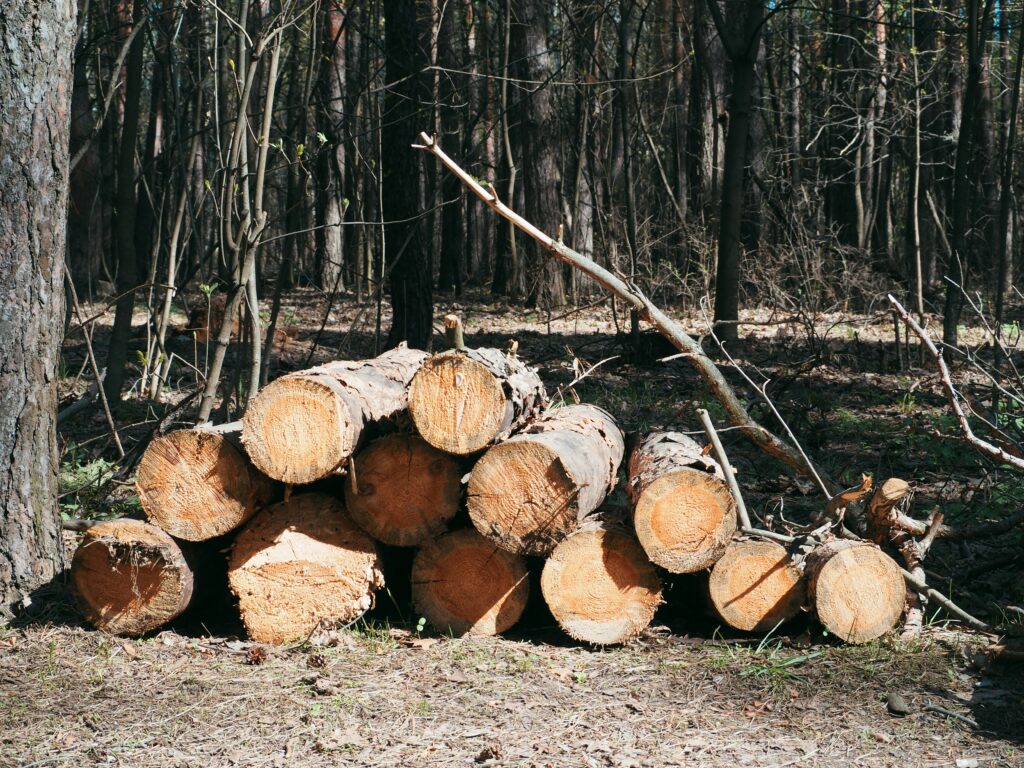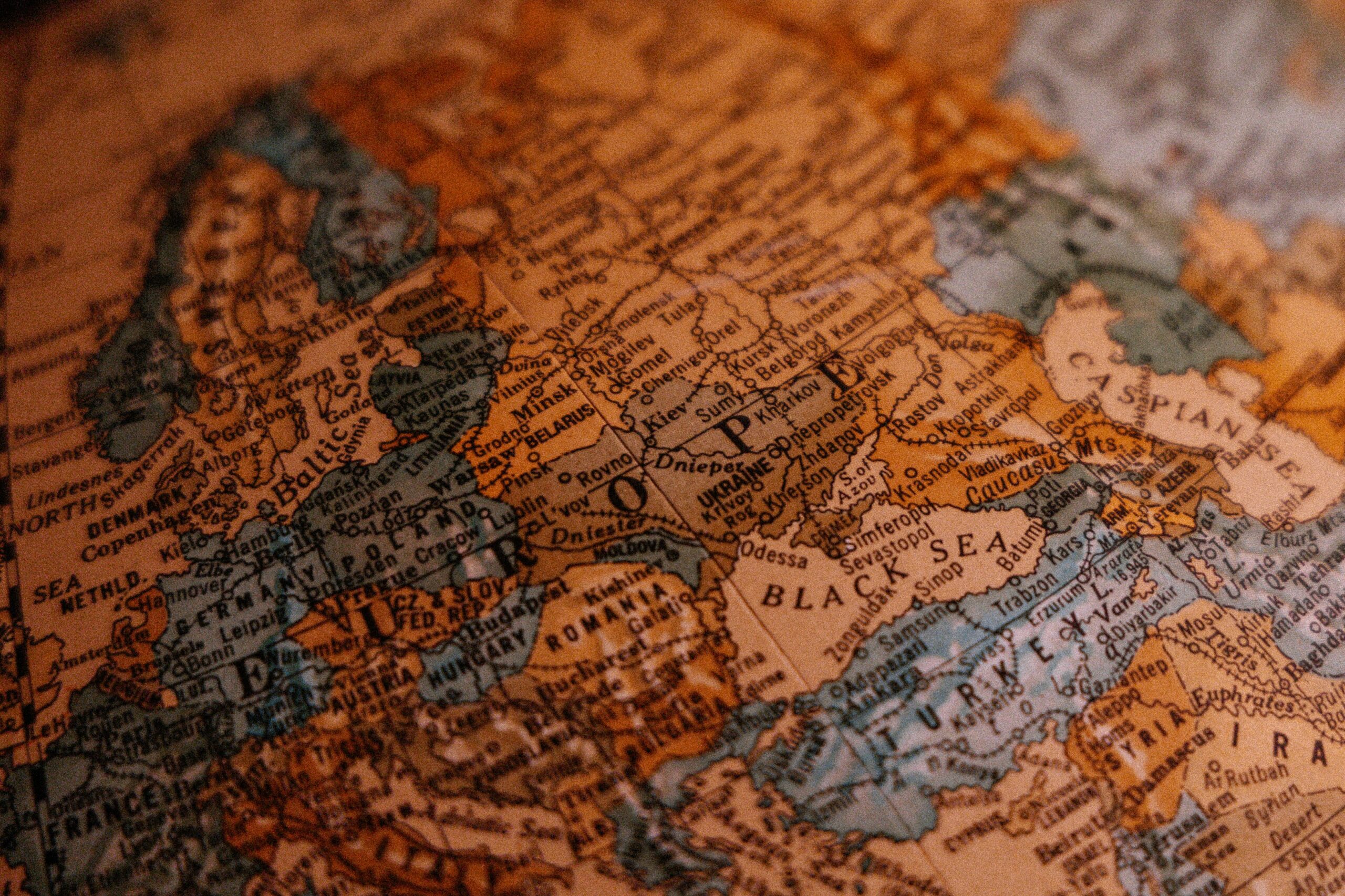When the European Commission released its first official country classification under the EU Deforestation Regulation (EUDR) in May 2025, many industry professionals expected a tough, selective list. Instead, what came out surprised almost everyone: the majority of global trade partners, including all EU member states, were labeled as low risk.
At first glance, this seemed like good news. Businesses operating in or sourcing from these countries would face fewer compliance hurdles and lower inspection rates. But as analysts began to unpack the details, it became clear that the decision raised as many questions as it answered.
Below, we look at what the EUDR classification means, which countries made the low-risk list, how it affects due diligence requirements, and why the current system is both a relief and a point of tension across industries.
What the EUDR Classification System Is All About
The EU Deforestation Regulation (EUDR) is designed to ensure that commodities entering or leaving the EU market are deforestation-free and legally produced. It’s one of the most significant environmental trade regulations the European Union has introduced, aiming to make global supply chains more transparent and sustainable.
The Core Purpose of the EUDR
At its heart, the EUDR seeks to stop products linked to deforestation from reaching European consumers. It does this by requiring companies to trace the origin of certain raw materials and prove that their production did not lead to forest loss or degradation after December 31, 2020. The ultimate goal is to reduce the EU’s environmental footprint and promote responsible sourcing practices worldwide.
Commodities Covered Under the Regulation
The regulation focuses on seven key commodities known to drive deforestation and forest degradation: cattle, cocoa, coffee, palm oil, rubber, soy, and wood along with its derivatives. These materials make up a large share of the products traded between tropical regions and the EU market. By tracking their exact origin, the regulation aims to target industries with the highest impact on global forests and ensure that production stays transparent and sustainable.
How the Classification System Works
To make compliance manageable and proportionate, the European Commission created a country benchmarking system. This system evaluates countries based on their risk of producing non-deforestation-free commodities. Each nation is assigned one of three categories:
- Baixo risco: Minimal likelihood of deforestation-linked products entering trade
- Risco padrão: Moderate chance of deforestation, requiring additional due diligence
- Risco elevado: Significant deforestation concerns, subject to the strictest controls
This classification helps authorities determine how much oversight and verification each country’s exports or imports will face under the regulation.
Frequency of Compliance Checks
Depending on the assigned risk level, EU member states’ competent authorities will conduct periodic compliance checks on traders and operators:
- Low-risk countries: 1% of operators and traders checked
- Standard-risk countries: 3% checked
- High-risk countries: 9% checked
In simple terms, the lower the risk, the lighter the administrative burden. Companies operating in low-risk countries will spend less time on paperwork and audits, while those in higher-risk regions will undergo stricter verification and data submission processes.
This benchmarking approach reflects the EU’s attempt to balance sustainability goals with trade efficiency, rewarding countries with stronger forest governance while maintaining accountability for those with weaker environmental protections.

Making EUDR Compliance Simpler with Technology
Understanding how the EUDR classification system works is one thing. Implementing it in real-world business operations is another. For many companies, the real challenge lies in collecting reliable data, verifying supplier information, and keeping compliance records audit-ready without losing focus on daily operations. That’s exactly where we step in.
Em EUDR.co, we’ve built a digital platform that helps businesses of all sizes navigate the regulation efficiently. Our goal is to make compliance not just possible but practical – something that integrates naturally into your existing workflows instead of becoming another administrative headache.
How We Help Businesses Stay Compliant
We combine satellite-based monitoring, automated data collection, and AI-driven risk verification to simplify the entire EUDR reporting process. Instead of manually compiling endless spreadsheets and cross-checking supplier data, you can generate verified compliance reports with a few clicks.
Here’s what we bring to the table:
- Accessible and affordable tools that scale with your operations, whether you’re a small exporter or a global supplier network.
- Precise and reliable analytics based on geolocation data, giving you verifiable proof that your supply chain meets EUDR standards.
- Automated reporting that removes the need for repetitive manual checks and ensures your documentation stays accurate and up to date.
- Custom dashboards and alerts that show your current compliance status, potential risks, and due diligence deadlines at a glance.
We don’t just offer software – we offer a clear roadmap to EUDR readiness. Whether your business deals with cocoa, coffee, timber, or soy, our system adapts to your specific commodity type and risk level.
Our mission is simple: make sustainability and compliance achievable for everyone. By blending automation, accuracy, and accessibility, we help businesses move from uncertainty to confidence under the EUDR.

The 2025 Low-Risk List
When the European Commission released its first EUDR country classification in May 2025, it set the tone for how the regulation would play out across global supply chains. The list, later reported by Fastmarkets and reflected in the acadon AG summary, outlined which nations would face lighter due diligence requirements under the new framework.
Countries Classified as Low Risk
All EU member states were officially labeled as low risk. This means companies trading within or sourcing from the EU face the simplest compliance procedures under the EUDR. The same classification was extended to several key non-EU partners, including the United States, Canada, the United Kingdom, China, Saudi Arabia, Vietnam, Switzerland, Japan, and India.
This broad inclusion effectively covers a significant share of the EU’s total import volume. For many industries, especially those in wood, paper, and agricultural commodities, this move was seen as a welcome relief that would help maintain trade stability while easing compliance costs.
Examples of Low-Risk Countries and Why They Earned the Label
When the European Commission published the EUDR country classification in May 2025, it placed dozens of trading partners in the low-risk category. Here are a few notable examples and what likely contributed to their status:
Germany and Other EU Members
Strong environmental legislation, strict forest management rules, and transparent supply chain reporting made all EU countries a natural fit for low-risk status. The EU’s own environmental monitoring systems already align with EUDR standards.
United States and Canada
Both countries have well-established forestry laws, detailed land-use data, and advanced satellite monitoring of forest activity. Their transparent legal frameworks and trade traceability systems contribute to low deforestation risk.
United Kingdom and Switzerland
These nations maintain strict environmental regulations and have minimal deforestation within their borders. Their trade systems emphasize certification and due diligence, ensuring imported commodities meet sustainability criteria.
Japan
With limited forest clearing and strong import control mechanisms, Japan demonstrates a consistent track record of environmental compliance. The country’s reliance on certified timber imports also supports its low-risk classification.
China and India
Despite large and complex economies, both countries have improved transparency in supply chain documentation and increased participation in global sustainability programs. This may have influenced the Commission’s decision, though critics argue these classifications simplify a more complex reality.
Overall, the low-risk designation reflects a combination of strong governance, verified deforestation monitoring, and alignment with international sustainability frameworks. However, as the European Commission noted, the list will be updated as new data emerges – meaning even low-risk countries must maintain their environmental and reporting standards to keep their status.
Standard- and High-Risk Countries
Not all countries received the same treatment. Major commodity exporters such as Brazil, Indonesia, and Malaysia were placed in the standard-risk category, meaning they require additional due diligence steps and closer monitoring of deforestation-related risks.
At the other end of the spectrum, only four countries were designated as high risk: Belarus, Myanmar, North Korea, and Russia. These nations will face the strictest scrutiny, with operators required to provide extensive verification and risk mitigation before products can enter the EU market.
Why the Classification Surprised Many
The first version of the list caught many observers off guard. Despite visible deforestation concerns in some of the included regions, the Commission still classified most major trade partners as safe. For environmental experts, this raised questions about the criteria used in the assessment.
While the classification system aims to streamline trade and focus resources where they’re needed most, critics argue that labeling large exporters like China and India as low risk might oversimplify complex supply chains. The decision has therefore become a talking point in sustainability and policy circles, highlighting the delicate balance between environmental goals and economic realities.
Why the “Low-Risk” Label Matters
A country’s EUDR risk classification directly influences how companies prepare and submit due diligence statements (DDS). For low-risk countries, operators benefit from simplified due diligence. They must still prove traceability and provide geolocation coordinates, but the overall depth of risk assessment and mitigation is lighter. This saves time, reduces costs, and helps prevent delays during customs or audit checks.
In practice, this translates to fewer verification steps for importers and exporters, less frequent inspections by EU authorities, and faster market entry for compliant goods.
However, these advantages don’t mean companies can ease up entirely. Low-risk status does not remove the obligation to ensure that every product remains deforestation-free. Each operator is still legally responsible for proving compliance if requested.

How the Benchmarking System Works
Although the European Commission has not disclosed every detail of its risk assessment process, it’s clear that the benchmarking system relies on a structured mix of environmental, governance, and trade-related factors. The idea is to evaluate how likely a country is to produce or trade commodities linked to deforestation or illegal land use.
The system typically takes into account:
- Rates of deforestation and forest degradation: Based on satellite data, national reports, and third-party monitoring sources.
- Quality and transparency of local governance: How openly countries manage land use data, forest records, and supply chain reporting.
- Law enforcement effectiveness: The ability to prevent and prosecute illegal logging or forest conversion.
- Existing sustainability and traceability frameworks: Such as certification systems, national forest programs, or environmental audits already in place.
- International cooperation and trade data: How countries engage with global sustainability commitments and the reliability of their trade records.
Each of these factors helps determine whether a country falls under the low-, standard-, or high-risk category. For example, nations with strong environmental laws and transparent reporting systems are more likely to achieve low-risk status, while those with weak governance or high deforestation rates are placed under standard or high risk.
Benefits for Companies Operating in Low-Risk Regions
For businesses, being based in or sourcing from a low-risk country can make a clear difference in how they manage EUDR compliance. The process becomes less time-consuming and less expensive, allowing companies to focus more on operations and less on paperwork.
Lower Compliance Costs
Companies in low-risk regions face fewer requirements when preparing documentation or conducting risk mitigation. With simplified due diligence, they can allocate fewer resources to compliance teams and audits, which directly reduces overall costs.
Faster Market Access
Because authorities check only a small percentage of operators from low-risk countries, approvals move faster. Products can reach EU markets more quickly, minimizing delays at customs and helping businesses maintain smoother supply chains.
Simplified Reporting
The reporting process is lighter for low-risk operators. They deal with less data collection, fewer verification procedures, and a more straightforward approach to compliance statements. This helps teams stay efficient without sacrificing accuracy.
Competitive Edge
Easier compliance also creates a commercial advantage. EU buyers are likely to favor suppliers from low-risk regions because the documentation is simpler and the risk of regulatory setbacks is lower. This reliability can strengthen partnerships and open new market opportunities.
Compliance Still Matters
Even with these benefits, companies must remember that simplified does not mean optional. Every operator must still submit accurate due diligence statements. These act as legal declarations of compliance, and any false or incomplete information can result in penalties. Low-risk classification lightens the load, but it does not remove responsibility.
Looking Ahead: The Next Review Cycle
The European Commission has committed to revisiting country classifications regularly, though no fixed schedule has been announced. It’s likely that the next major update will follow the first wave of compliance audits in 2026, once authorities have more real-world data on how companies are implementing EUDR requirements.
If significant discrepancies or deforestation trends emerge, we could see shifts in classification, especially for large commodity exporters like Brazil, Indonesia, or Malaysia.
The first year of EUDR implementation will therefore serve as both a learning phase and a test of the benchmarking system’s credibility.
Final Thoughts
The 2025 EUDR classification marked a milestone in the EU’s environmental policy, but it also opened new debates about fairness, accuracy, and enforcement.
Labeling most of the global economy as low risk may streamline trade, yet it risks blurring important distinctions in deforestation accountability. For companies, the takeaway is clear: low-risk status may ease compliance, but it doesn’t remove responsibility. The demand for transparent, traceable, and verified sourcing is here to stay.
As the EUDR matures, we can expect future versions of the classification to evolve with better data and more targeted assessments. Until then, businesses that stay proactive, keep records clean, and embrace traceability technology will be best positioned to navigate this complex but essential regulation.
Perguntas mais frequentes
1. What does “low-risk” mean under the EUDR?
A low-risk classification means that a country is considered unlikely to produce or export commodities linked to deforestation or illegal land use. Businesses sourcing from low-risk countries face fewer compliance checks and a simplified due diligence process, though they still must prove their products are deforestation-free.
2. Which countries are classified as low risk in 2025?
According to the European Commission’s May 2025 classification, all EU member states are low risk. Several major non-EU nations, including the United States, Canada, the United Kingdom, China, India, Japan, Switzerland, Vietnam, and Saudi Arabia, are also listed as low risk.
3. How often will the EUDR country list be updated?
The European Commission plans to review and update the list periodically as new deforestation data and trade information become available. A country’s risk level can rise or fall depending on its environmental performance and forest governance.
4. Does low-risk status remove all compliance obligations?
No. Even if a country is low risk, companies must still collect and submit due diligence information, including geolocation coordinates and proof that their products are deforestation-free. The difference is that the process involves fewer steps and lower inspection frequency.
5. How does the classification affect inspections?
EU authorities conduct checks on a set percentage of operators based on risk level: 1% for low-risk countries, 3% for standard-risk, and 9% for high-risk. Businesses in low-risk countries experience fewer audits and faster clearance times.


